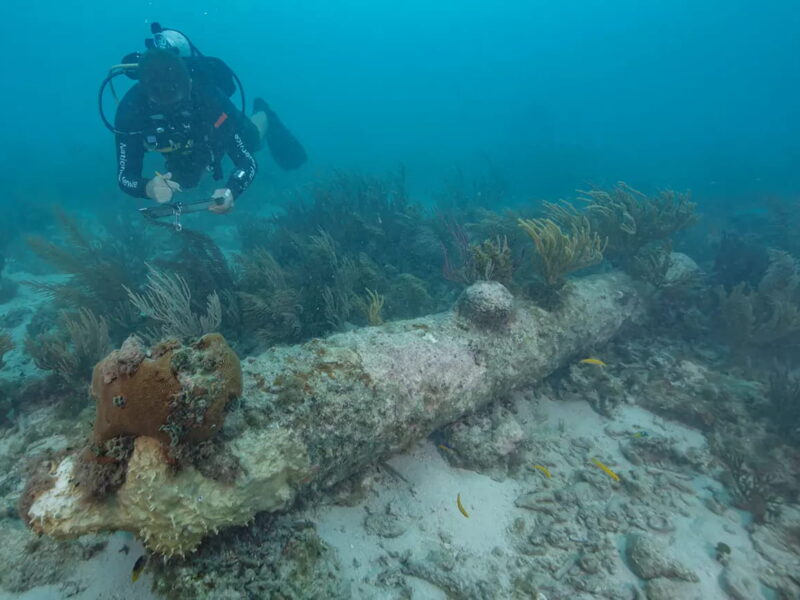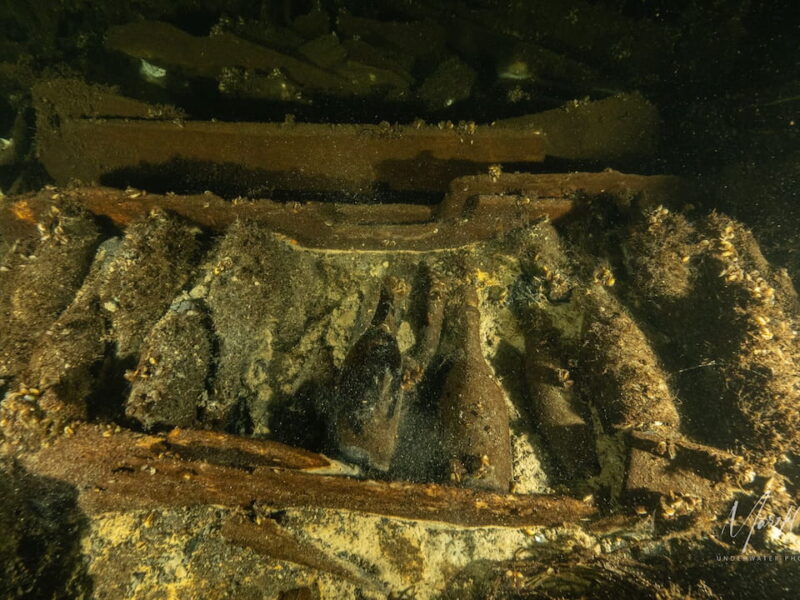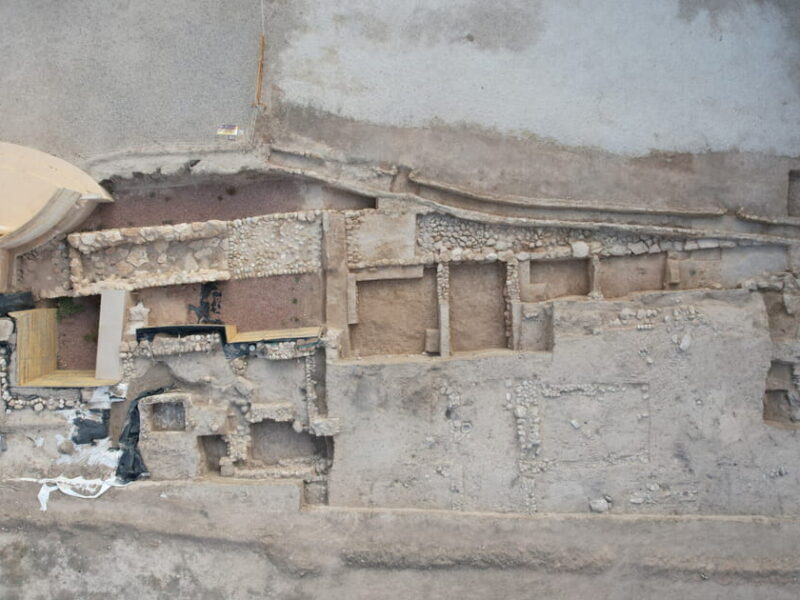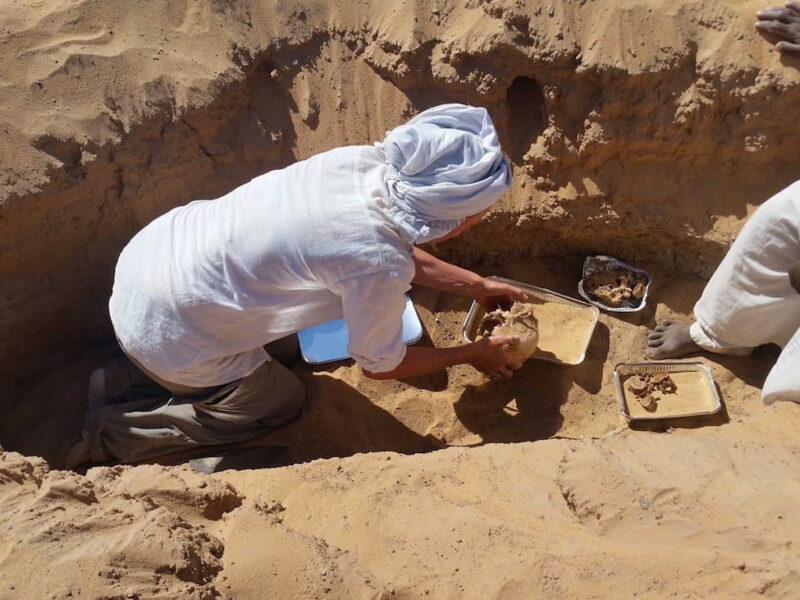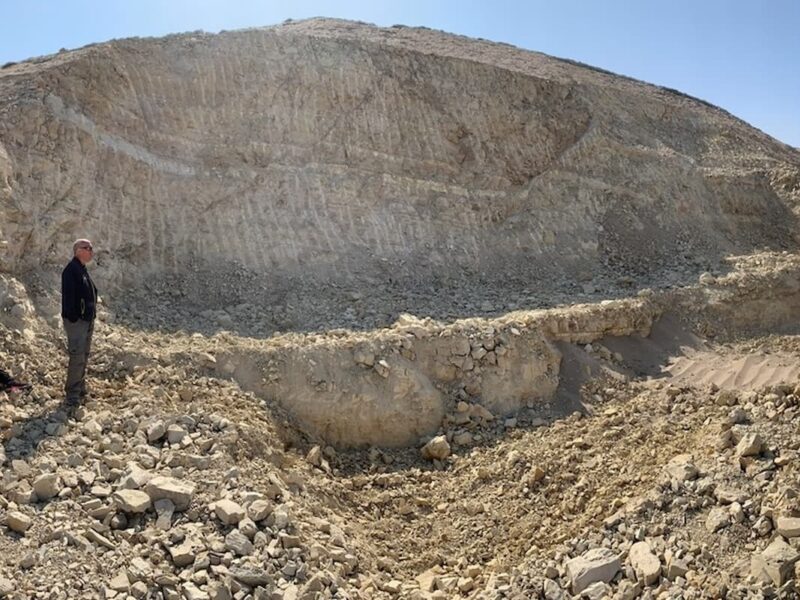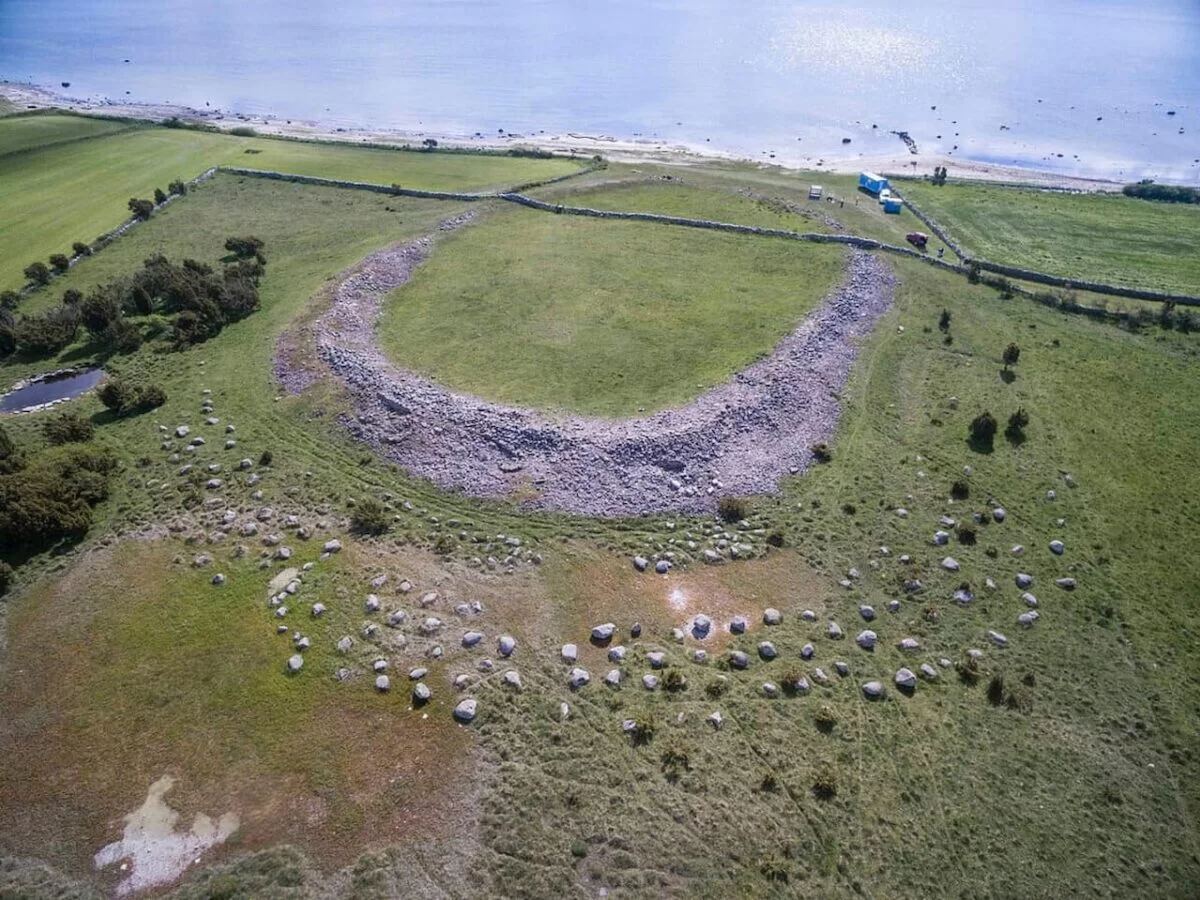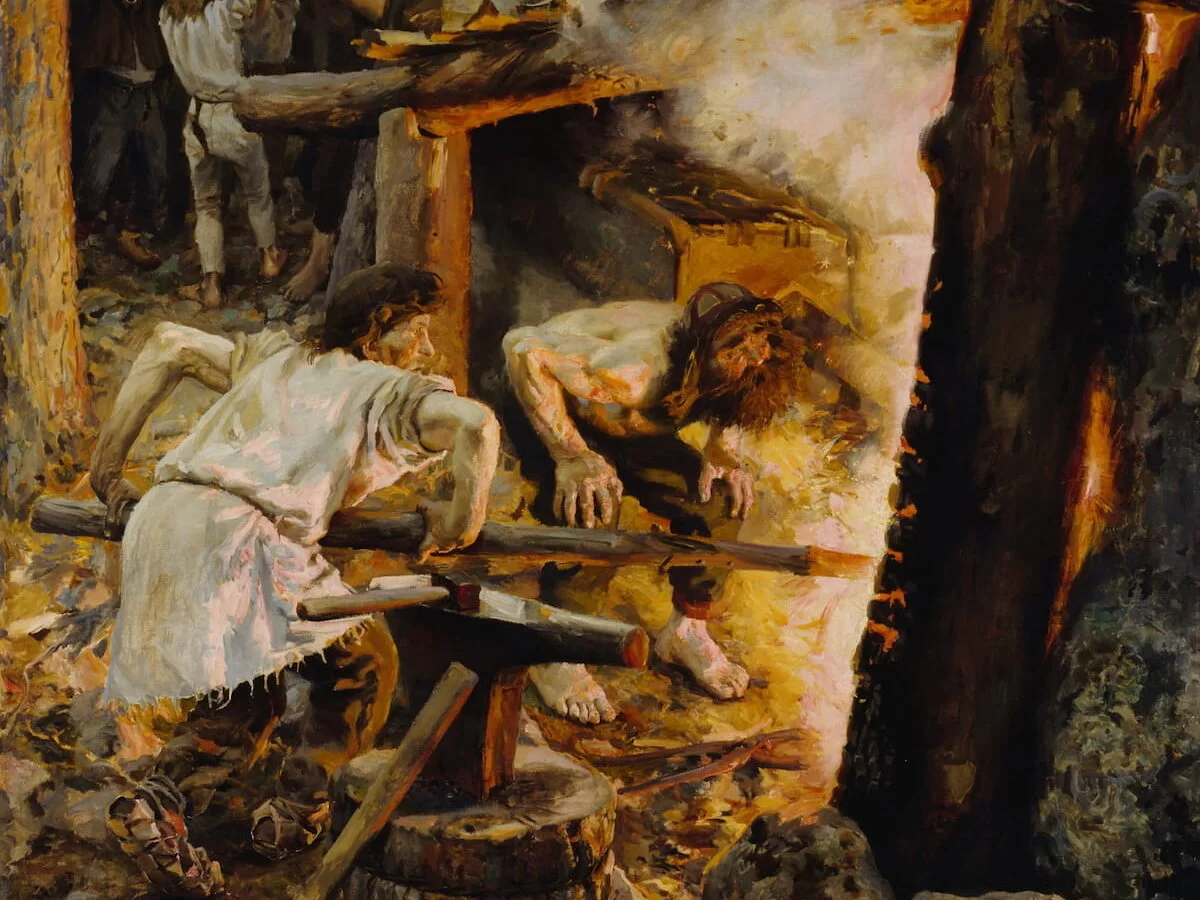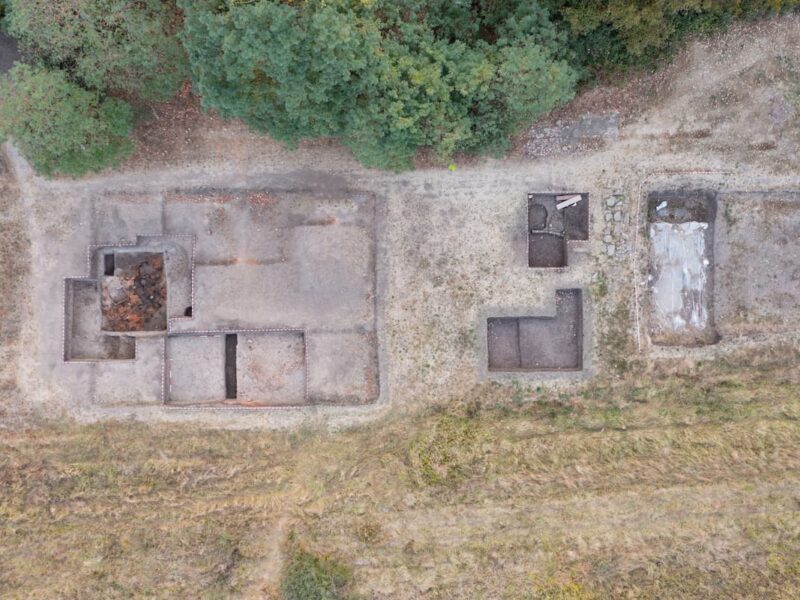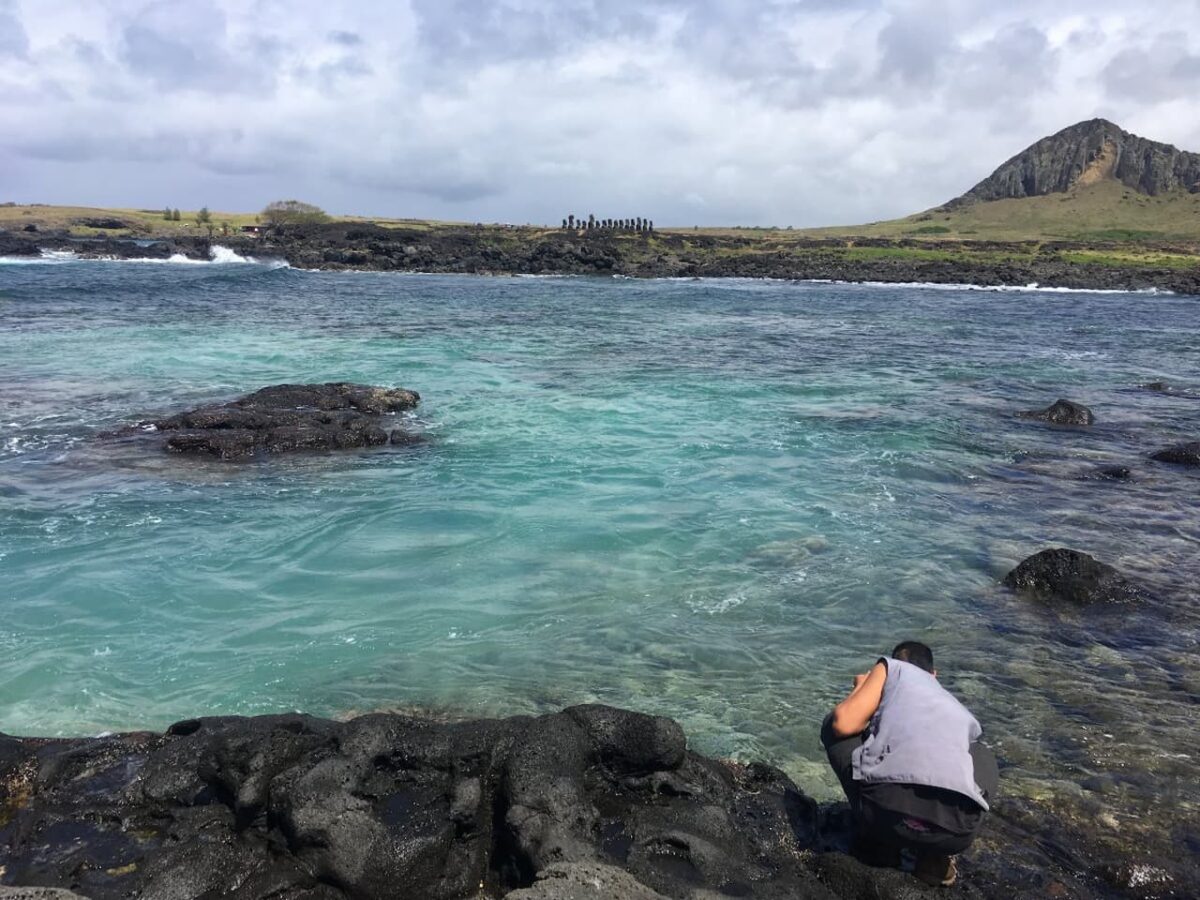The much-anticipated start of the extraction of the Phoenician shipwreck located in Mazarrón, Murcia, named Mazarrón 2—currently the most complete ancient ship found in the Mediterranean—has begun with a series of new discoveries that are expanding the horizons of archaeological knowledge regarding maritime trade in antiquity.
A specialized team from the University of Valencia (UV), under the direction of lead researcher Agustín Diez Castillo and with the collaboration of Carlos de Juan, director of the extraction, has launched an ambitious operation to recover the remains of the ancient shipwreck. The intervention not only promises to recover valuable archaeological pieces, but it is also revealing unexpected materials that had remained hidden under the sediments of the Mediterranean Sea until now.
The team consists of a dozen experts, including three students from the UV’s Master’s Degree in Archaeology, specialized restorers, six professional divers trained in underwater archaeology, and an expert in documentation and communication from the University of Alicante. Additionally, part of this same team has participated in previous successful projects, such as the renowned ‘El Sec’ underwater project in Mallorca, which has provided the group with solid experience in handling submerged archaeological materials.
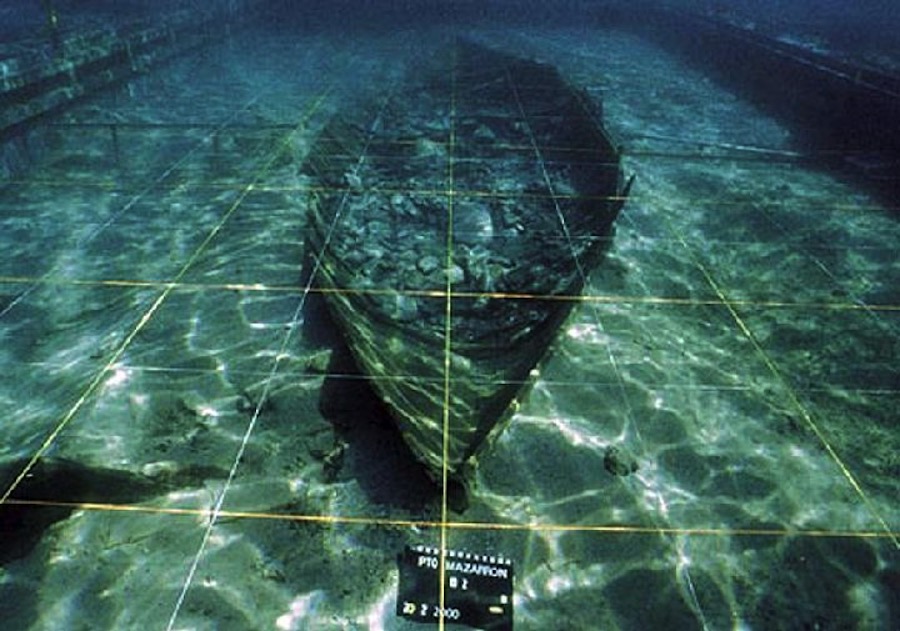
To ensure the safety of both the artifacts and the team, a buoy barrier has been implemented at the base camp to mark the work area and restrict access to onlookers. This is crucial because the recovered pieces are extremely fragile due to their prolonged exposure to the marine environment. During the first weeks of September, coinciding with the tourist season, security measures were significantly intensified to prevent any incidents.
To facilitate the work, the Ministry of Culture has provided a platform equipped with advanced systems, such as air compressors and water pumps that allow sediment suction underwater, as well as weights to ensure divers can work efficiently at the correct depth.
One of the most significant technical innovations of this project has been the creation of 3D models of the 22 main pieces of the wreck, representing a major advance in the planning and execution of the extraction. This allows the team to anticipate any challenges and design safer solutions for handling the most fragile objects.

To complement this approach, polyethylene resin molds have been made to ensure the protection of the pieces during their extraction and subsequent transfer to conservation labs. Several cutting-edge technology companies from the Valencian Community have collaborated on the development of these models, providing the project with the most advanced technology in the field of archaeology.
Although the area has been previously excavated, the team has found materials that had not been documented before, which has been a pleasant surprise for the researchers. Among the most notable discoveries are fragments of ropes and ceramic pieces that had been buried under layers of sediment.
The preservation of such delicate objects is a unique opportunity for scholars, as they will offer new insights into trade practices and life aboard this type of vessel in antiquity. According to the experts, the condition of some of these materials is exceptional, allowing for in-depth studies of the navigation and trade techniques of the ancient Phoenicians.
According to Carlos de Juan’s estimates, it is expected that the extraction of all materials can be completed by November 6, although the work schedule may vary depending on maritime conditions, which could delay operations. Once this phase is completed, the recovered objects will be transferred to the ARQUAtec laboratory of the Ministry of Culture, where the conservation process will begin—a delicate and meticulous process that could take several years.
It is estimated that at least five years of intensive treatment will be needed for the ship and associated materials to be ready for public display, as the treatment of the wood, which has been submerged for centuries, requires gradual impregnation to prevent deterioration once out of the water.
The start of this project has been made possible thanks to the close collaboration between various institutions, including the Region of Murcia, the University of Valencia, and the Ministry of Culture, whose coordination has been essential in facing the many challenges posed by an operation of this magnitude and complexity. Both Agustín Diez and Carlos de Juan have emphasized that the success of the project lies in inter-institutional collaboration, a model of cooperation that will undoubtedly set a milestone in the field of underwater archaeology in Spain.
SOURCES
Discover more from LBV Magazine English Edition
Subscribe to get the latest posts sent to your email.


